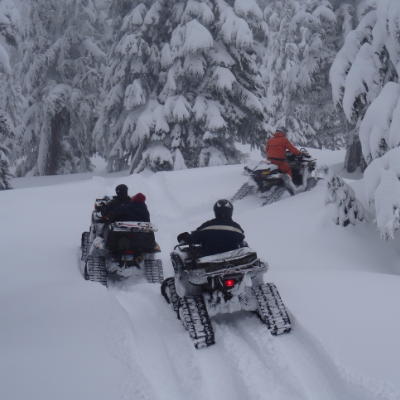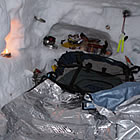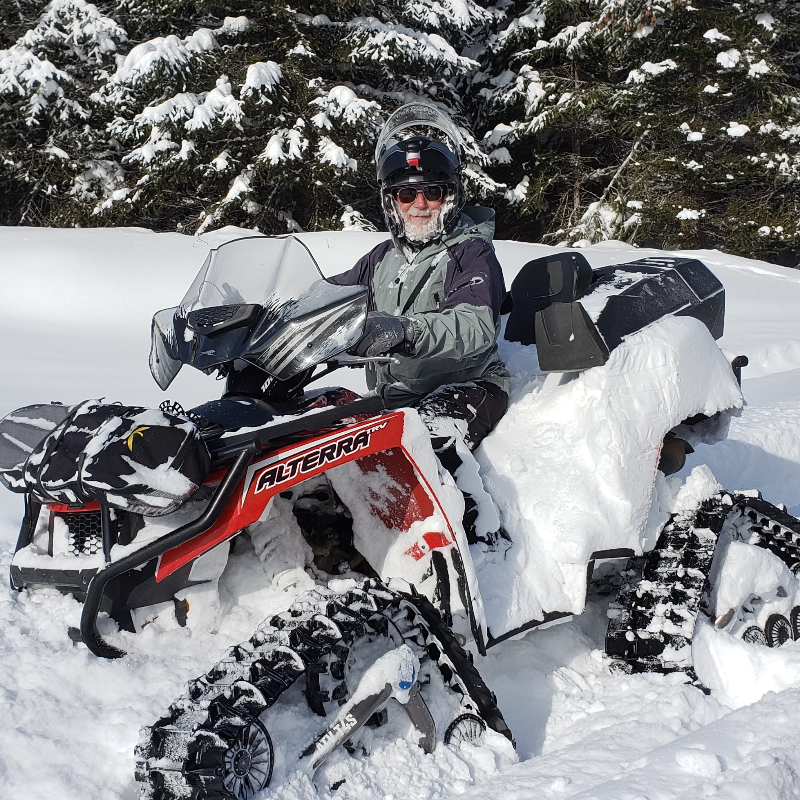From the surface, snow can look very much the same; beneath the surface, though, is where the differences become more visible.
Snow crystals often begin to morph, or change, before they even hit the ground. The water molecule has a unique structure and—depending on pressure, temperature and time—these molecules rearrange themselves into intricate patterns. Some of these patterns create strength within the evolving snowpack and some of the changes create weaknesses.
While on the micro level, the internal snowpack is quietly undergoing constant change, on the macro level we see more obvious changes as weather systems pass through. If you haven’t already taken the opportunity to dig around in the snow, we challenge you to check it out this season. Dig a pit or gently push an avalanche probe down into the snow. Depending on your level of skill and experience, you should be able to pick out significant layers or interfaces within the overall snowpack.
A layer is simply a horizontal layer or band of snow with similar properties, such as density, crystal structure, strength and moisture content. An interface is the point where two snow layers meet. While weak layers are usually easy to identify through simple tests on a snowpit wall—or perhaps even by pushing a probe gently through the snow—weak interfaces may be missed at first glance but become more obvious once columns of snow are cut and shear tests, or compression tests, are completed.
What are we looking for?
So, what makes for good, stable snow?
Steady snow and mild temperatures. Hah! There are only a few regions that are blessed with this type of climate. Most of the areas we tend to ride in receive a mixed bag of wind, cold, rain, frost, heat, snow, sun and so on. Nature is constantly changing up the recipe to create a new blueprint every season and from region to region.
As with any good set of blueprints, we are reassured when we see a structure built on a strong and stable foundation. This is just as important in the snow as it is in a house. Build a solid structure (well-bonded mid-season snowpack) on a weak base (low-density, low-cohesion snow crystals near the ground), and we have the perfect blueprint for a large slab avalanche that could rip off the snow right to rocks.
So start doing your snow dance and pray for mild temps and above-average early-season snow. In a future issue, we’ll take a deeper look into the reasons why these weather conditions give us more options for safe travel and fun. In the meantime, look into updating your avalanche training this season. New skills and experiences are tools to keep you and your buddies safe. Tools evolve and improve each season; stay current—the life you save may be your own.






